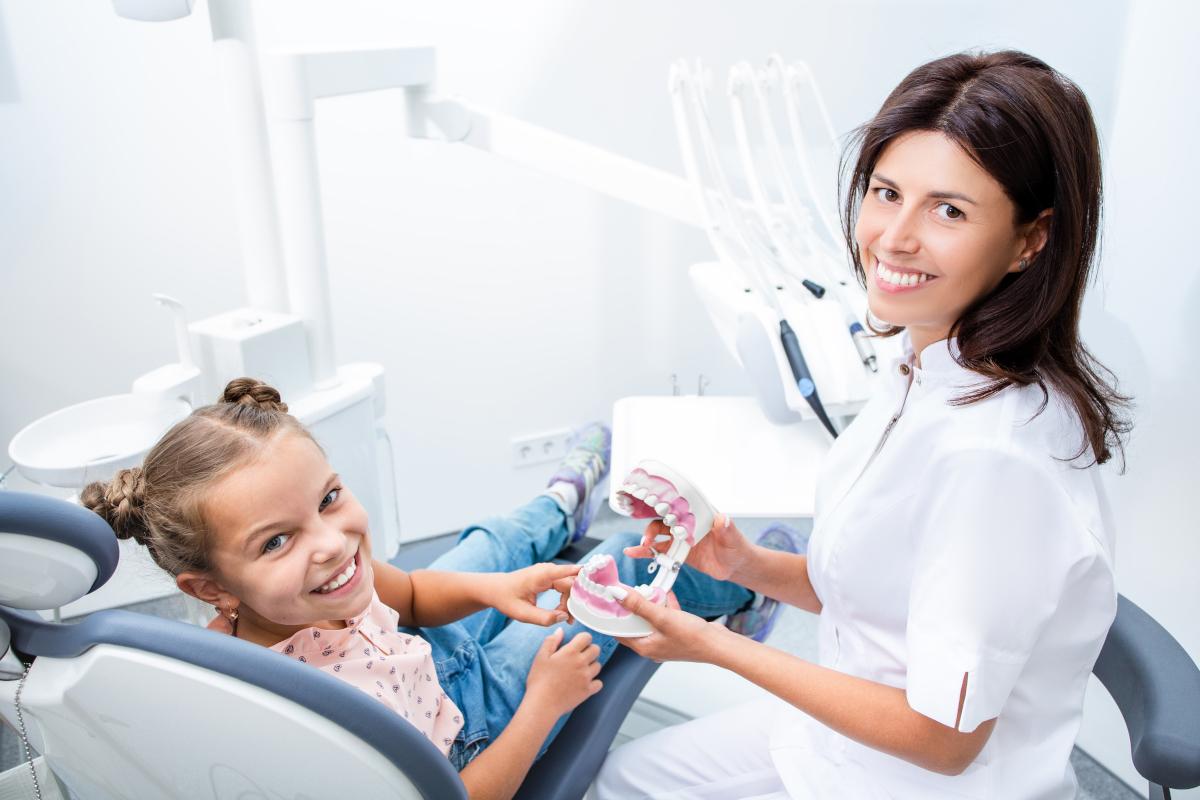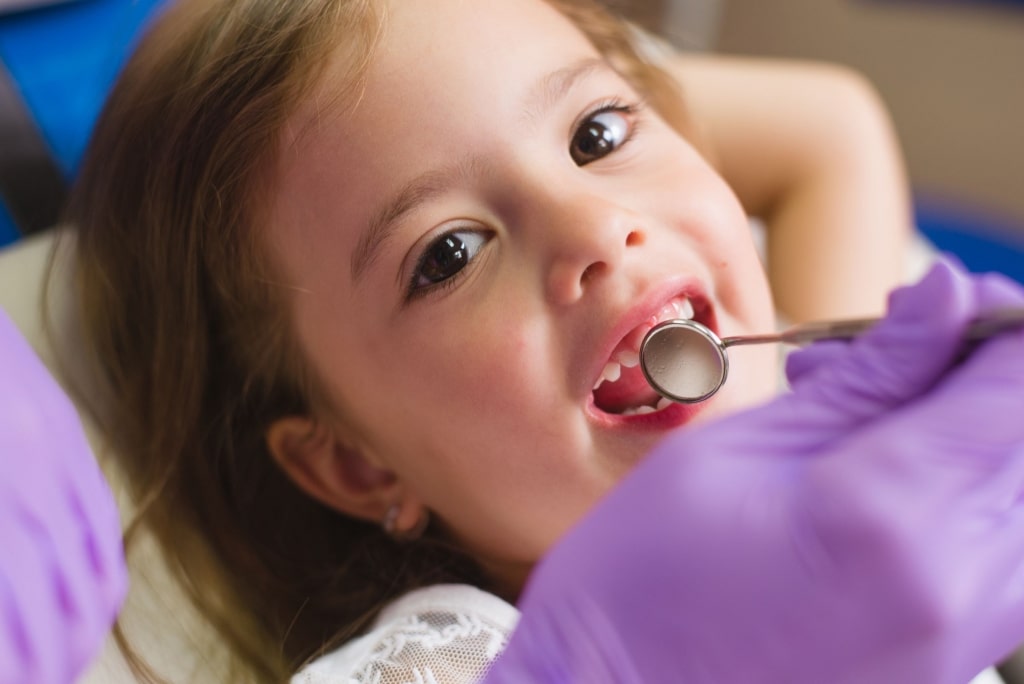A Comprehensive Overview to the Various Therapy Choices Available in Pediatric Dentistry for Kid
In pediatric dental care, comprehending the diverse therapy options available is essential for making sure ideal dental health and wellness in children. From preventive treatment techniques that develop a structure for long-lasting dental hygiene to restorative treatments that deal with instant worries, the variety of solutions is comprehensive. In addition, orthodontic solutions and specialized approaches for kids with distinct needs even more enhance the scope of technique. As we explore these various options, it ends up being clear that tailored treatment is not just useful but needed for fostering a positive dental experience. What specific considerations should lead these therapy selections for young individuals?
Preventive Care Options
Preventative treatment choices in pediatric dentistry are vital for keeping children's dental health and preventing future oral issues. These techniques concentrate on enlightening both kids and parents regarding appropriate dental hygiene methods, nutritional options, and normal dental sees.
Among the main parts of preventative treatment is routine oral exams, normally suggested every 6 months. During these check outs, dental specialists can determine prospective issues early, offer cleanings, and apply fluoride treatments to strengthen enamel and lower the danger of dental caries. In addition, dental sealers may be used to the chewing surface areas of molars, functioning as a safety barrier against degeneration.
Education and learning on correct cleaning and flossing strategies is additionally essential. Moms and dads are encouraged to oversee their children's oral hygiene regimens till they establish the dexterity to do so individually. Moreover, dietary counseling can aid families comprehend the influence of sweet snacks and drinks on dental health and wellness, advertising much healthier selections.
Restorative Therapies
Attending to dental concerns that emerge regardless of preventive procedures, restorative treatments in pediatric dental care play a vital function in recovering a child's oral health and wellness. These treatments are made to repair and restore teeth affected by degeneration, trauma, or developmental anomalies.

Usual corrective choices consist of oral fillings, crowns, and pulpotomies. Oral fillings are utilized to deal with tooth cavities by eliminating decayed cells and loading the space with products such as composite resin or oral amalgam. For extra considerable decay or structural damages, crowns may be recommended to supply toughness and security. Pediatric crowns are typically crafted from stainless-steel or tooth-colored materials to guarantee toughness and aesthetics.
In instances where the dental pulp is influenced, a pulpotomy may be needed to alleviate pain and protect against further infection. This procedure includes the removal of the contaminated pulp and sealing the tooth to maintain its feature.
Orthodontic Solutions
Orthodontic solutions are crucial in lining up teeth and fixing bite concerns in youngsters, guaranteeing optimal dental health and wellness and feature. Pediatric orthodontics concentrates on the distinct dental advancement of children and teens, attending to problems such as jaw, congestion, and imbalance discrepancies.
Early evaluation, usually advised by age 7, enables timely intervention, which can stop extra complex issues in the future. Common orthodontic appliances consist of braces, retainers, and space maintainers. Traditional metal dental braces are usually used for their effectiveness in correcting numerous oral troubles, while clear aligners provide an even more aesthetic alternative for older children and teens.
In certain instances, interceptive orthodontics may be used, where certain therapies are started to guide the development of the jaw and teeth. This positive strategy can minimize the demand for extensive orthodontic job later. Additionally, functional appliances may be used to improve jaw partnerships and improve facial symmetry.
Sedation Dentistry
Using sedation dentistry can significantly minimize anxiety and pain in pediatric people throughout dental treatments (kids dentist). This strategy is especially valuable for youngsters that are anxious regarding oral sees or call for considerable treatment that may be uneasy. Sedation strategies vary, varying from light sedation with laughing gas (laughing gas) to much deeper sedation methods provided intravenously
Nitrous oxide is a common selection, as it is safe, reliable, and permits fast healing. It induces a calming impact, allowing kids to remain loosened up throughout the procedure while still having the ability to connect with the dental team. For even more complicated therapies, oral sedation or general anesthesia may be taken into consideration, especially for kids with special needs or those that might not work together throughout treatment.

Unique Needs Dental Care
For many youngsters with special requirements, oral sees can be specifically challenging as a result of sensory level of sensitivities, straight from the source communication barriers, or clinical problems that need tailored methods. Special requirements dentistry is a specific area that concentrates on giving detailed oral take care of kids with various physical, developmental, or emotional difficulties.
Experts in this area are educated to recognize the distinct requirements of these people, utilizing strategies to reduce stress and anxiety and discomfort. This might include using aesthetic help, social tales, and hands-on presentations to help youngsters understand the dental treatments. Additionally, the environment is often adapted to accommodate sensory sensitivities, producing a much more inviting and less intimidating space.

Ultimately, the goal of unique needs dental care is to foster favorable dental experiences, promote dental health, and establish a foundation for lifelong treatment, allowing children with special demands to achieve ideal oral wellness.
Conclusion
In recap, pediatric dental care encompasses a wide selection of treatment alternatives vital for promoting and maintaining youngsters's dental health and wellness. Preventative care develops a structure for lifelong oral health, while restorative treatments deal with existing dental issues. Orthodontic solutions promote correct jaw growth, and sedation dentistry improves convenience throughout procedures. In addition, specialized look after children with special needs makes sure positive experiences and motivates continuous dental health and wellness. Collectively, these approaches play an essential duty in sustaining the dental well-being of all kids.
Dental fillings are used to deal with cavities by removing decayed cells and loading the space with products such as composite resin or dental amalgam. Traditional steel dental braces are commonly used for their efficiency in remedying various dental problems, best dental doctors near me while clear aligners supply an even more visual choice for older kids and teenagers.
It induces a soothing impact, enabling kids to stay unwinded throughout the procedure while still being able to connect with the dental team. Precautionary care develops a structure for lifelong oral hygiene, while corrective therapies deal with existing dental concerns. Jointly, these techniques play a vital role in supporting the dental health of all children.